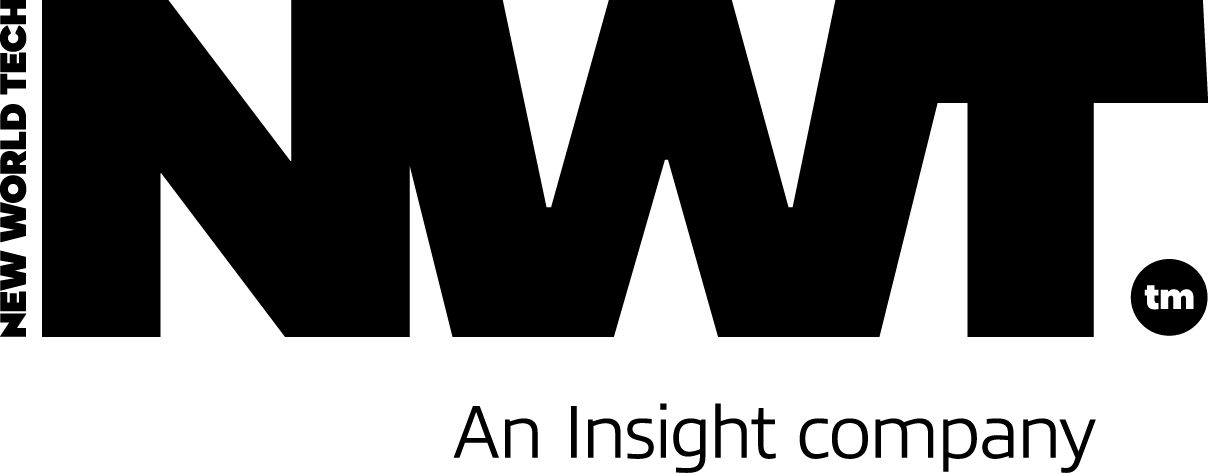AGILE BLUEPRINT

An Agile Blueprint refers to a set of guidelines or a roadmap that helps an organisation to adopt an Agile methodology in its operations.
WHY USE AN AGILE BLUEPRINT
Over the past few years, many companies across multiple industries have started to experiment with the benefits of an Agile operating model and organisation.
A cross-functional structure and way of working allows for shorter communication flows, resulting in greater speed. Technology changes provide greater opportunities, but the overall operating model, processes and tools need to change to take advantage, for example, automated tools for developing, testing and deploying software; cloud infrastructure to enable faster releases. Together with a talented technology workforce this can provide the company with increased operational efficiency and effectiveness, decreased administrative burden, greater throughput and a better customer experience.
For those, that are focussed solely on the use of Agile to improve development, as a starting point, an Agile Blueprint for a company typically includes the following elements:
- Agile Principles: The Agile principles guide the Agile methodology (Agile methodology is a project management approach that emphasizes flexibility, collaboration, and rapid delivery), and the Agile Blueprint should define these principles. Agile principles include working in small iterations, embracing change, prioritising collaboration, and delivering value to the customer.
- Agile Framework: An Agile Blueprint should outline the Agile framework that the organisation will use. Common Agile frameworks include Scrum, Kanban, and Lean.
- Agile Roles and Responsibilities: The Agile Blueprint should define the roles and responsibilities of the team members in an Agile project. Common roles include Product Owner, Scrum Master, and Development Team.
- Agile Practices: The Agile Blueprint should define the Agile practices that the organisation will use, such as daily stand-ups, sprint planning, and retrospectives.
- Agile Tools and Technologies: The Agile Blueprint should define the tools and technologies that the organisation will use to support Agile projects, such as project management software, collaboration tools, and continuous integration tools.
- Agile Metrics: The Agile Blueprint should define the metrics that the organisation will use to measure the success of Agile projects, such as velocity, burndown charts, and cycle time.
- Agile Training and Coaching: The Agile Blueprint should define the training and coaching that the organisation will provide to its employees to help them adopt Agile methodology.
NWT has been involved in many conversations in this area as we advise on the changes required to build on companies’ efforts to address the strategy, structure, process, technology and people aspects of enterprise agility. We have a number of services designed to help you:


